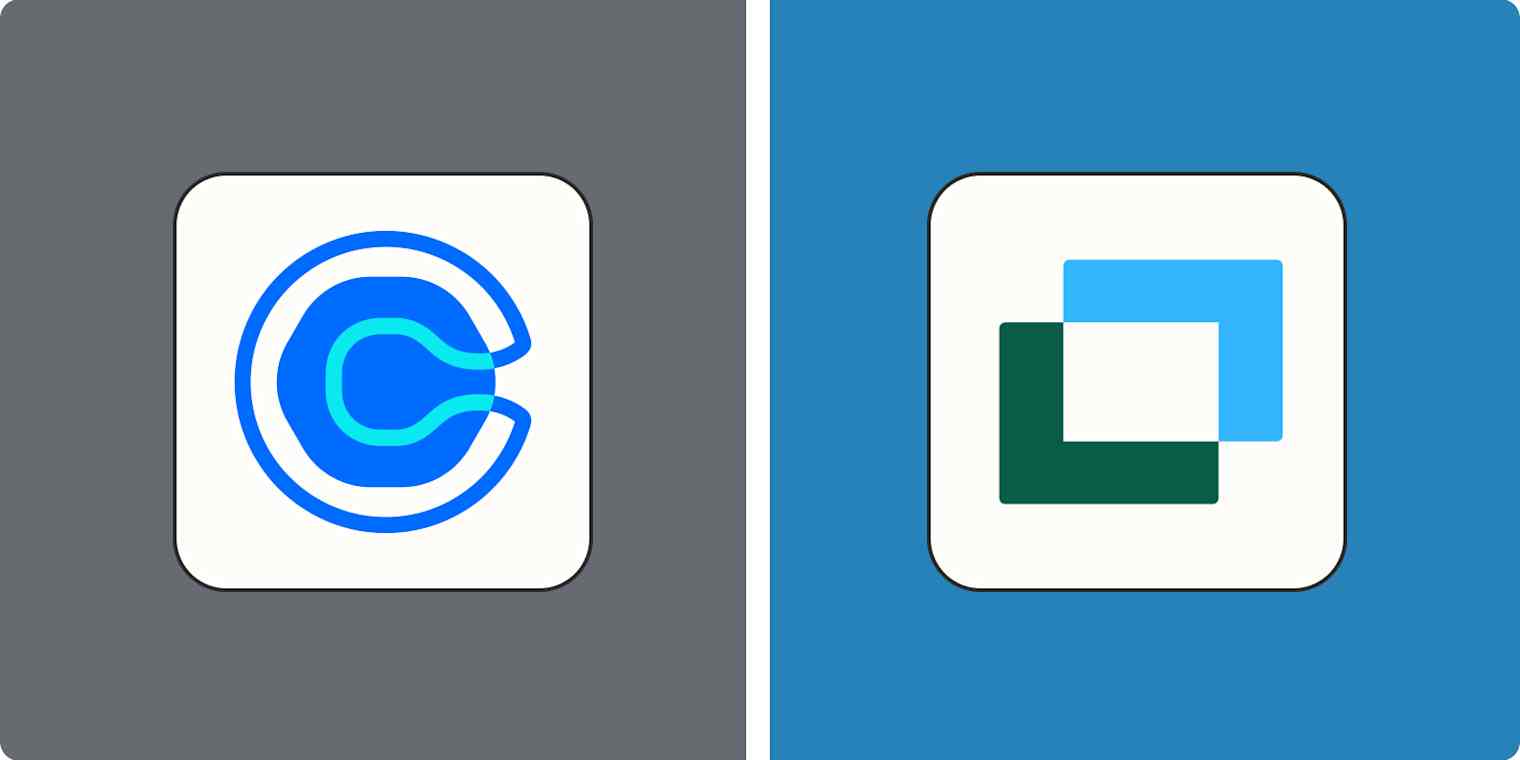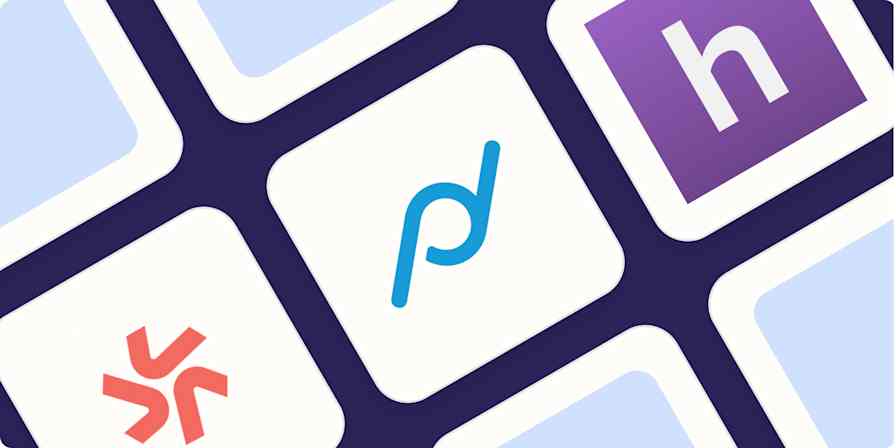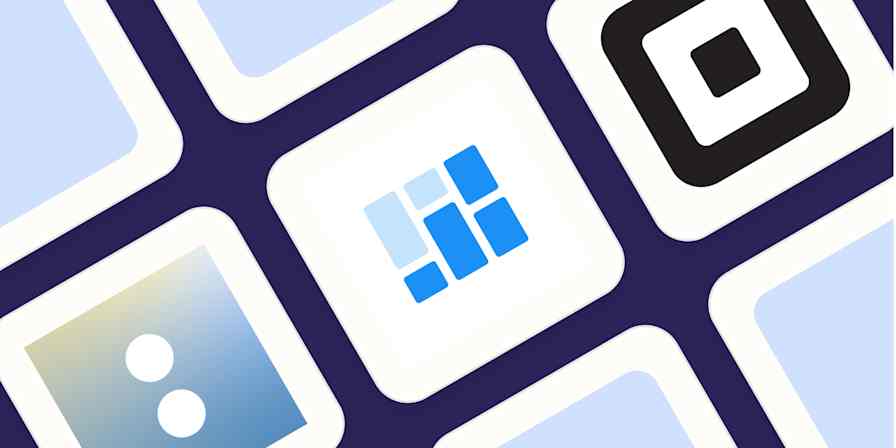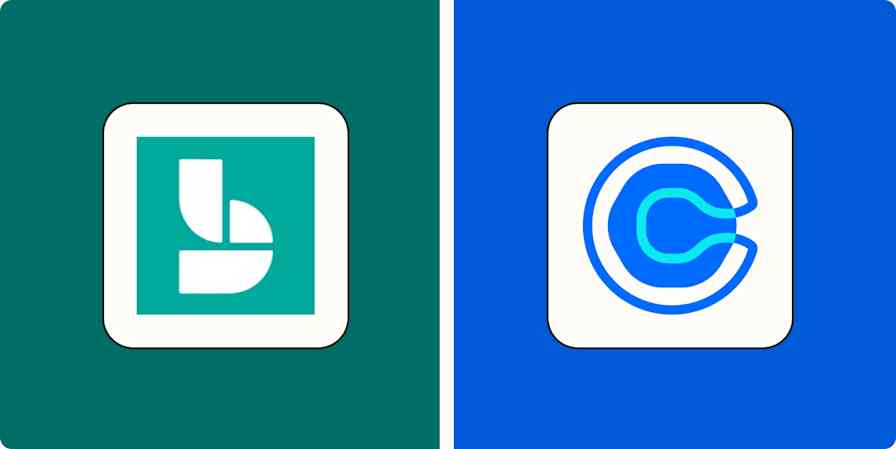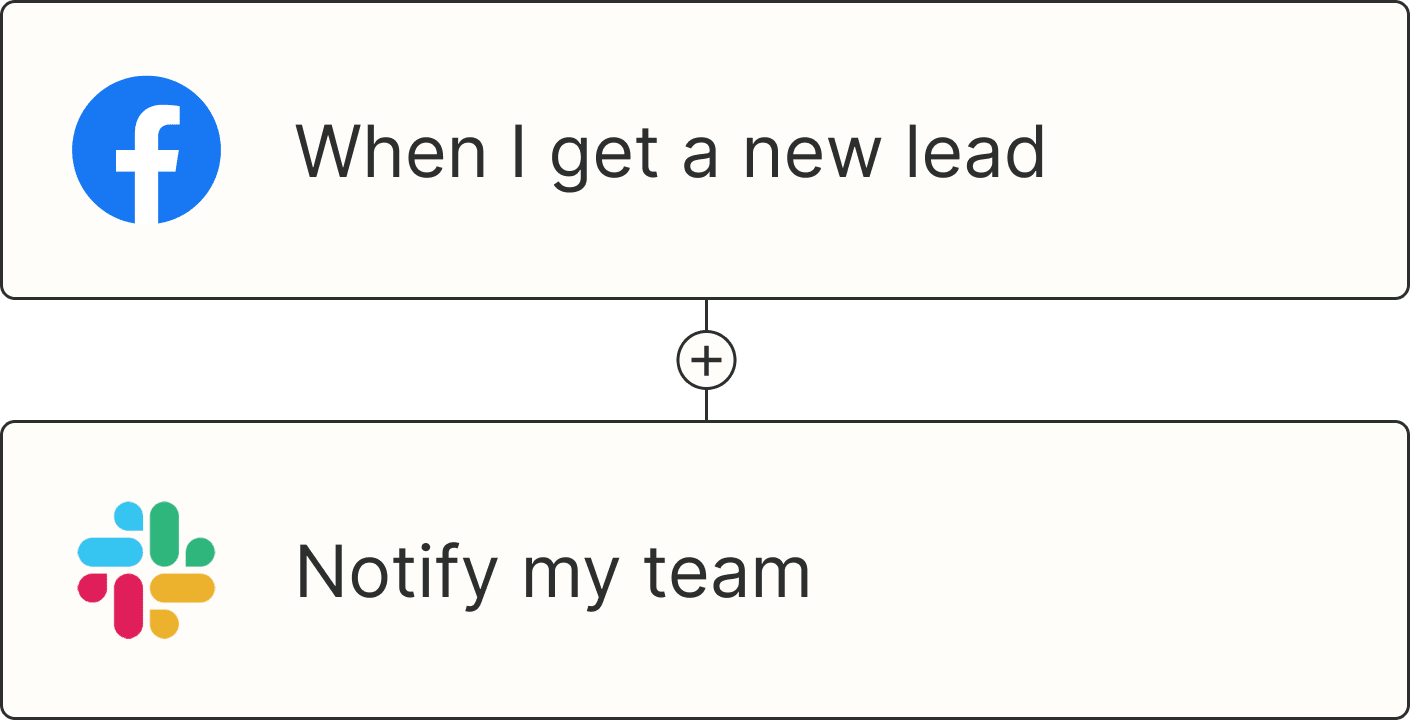If you've scheduled anything via email over the last few years, you've received or sent a Calendly link. In the face of dozens of back-and-forth emails, Calendly streamlined the scheduling process by creating a simple and professional way to share availability—without exposing your whole calendar to the world.
Debate on the power dynamics of the Calendly link aside, it's a supremely popular and valuable meeting scheduler app. But it's not the only app on the block, and one of the most popular Calendly alternatives is Doodle.
I've used both Doodle and Calendly before—including to update this article for the past few years—but in order to do an in-depth analysis, I spent a full day retesting each app. I tried out their comparable features, dug into what had changed since I'd last spent time with these tools, and figured out where each one shines—and doesn't. Here's the breakdown:
Doodle vs. Calendly at a glance
If you're looking for the quick version of Calendly vs. Doodle, use this comparison table or skip ahead for our summary of who should use each app. Otherwise, you can keep reading below for a more detailed look at both tools and my experience testing each one.
Calendly | Doodle | |
|---|---|---|
Business features and customization | ⭐⭐⭐⭐⭐ Built for business with a slick, professional design and extensive controls | ⭐⭐⭐ Pivoting toward a business market, but depth of features continues to lag behind Calendly |
Group scheduling | ⭐⭐⭐⭐ Functions well, if not quite as intuitively as Doodle | ⭐⭐⭐⭐⭐ Core feature with clear and upgraded visualizations |
Team features | ⭐⭐⭐⭐⭐ Extensive controls to standardize event types, meeting templates, and automated workflows | ⭐⭐⭐ Admin Console to add co-hosts, track team-wide bookings, and more |
Mobile app | ⭐⭐⭐⭐⭐ Clean, streamlined interface, with access to core features | ⭐⭐⭐ Works ok, but doesn't make it easy to create a group poll |
Integrations | ⭐⭐⭐⭐⭐ More than 140 native connections plus Zapier integration, API, and revamped Developer Portal | ⭐⭐⭐ A few native connections plus Zapier |
Pricing | ⭐⭐⭐⭐ Free tier available for 1:1 scheduling; paid plans start at $10/seat/month (billed annually, $12 when billed monthly) | ⭐⭐⭐ Free tier for group scheduling with ads; paid plans start at $6.95/user/month (billed annually; $14.95 when billed monthly) |
Calendly offers richer, more in-depth business features
Many of the major features across Calendly and Doodle are the same. They make it easy to schedule meetings and appointments with other people by quickly sharing your availability and automatically creating new calendar events. They send out notifications and reminders to keep invitees in the loop and minimize no-shows.
The biggest difference comes down to this: Calendly is—and always has been—built for business.
While Doodle continues to pivot toward the business space, the app was initially developed with the education and consumer audience in mind. That's led to some less tangible differences, but it's not just about vibes: Calendly also offers a depth of features and controls you need for business scheduling and team management that Doodle just can't match today.

Calendly gives you serious control over who can book meetings with you and when, including the option to set any of the following:
Maximum number of bookings per day or week
Buffer time before and after meetings
Minimum amount of notice before scheduled events
Meetings invitees can book over
Booking links that expire after one use
A universal default schedule
Quick toggles to block availability on certain holidays

You have more options for sharing your availability with Calendly, too. You can share the link to your booking page(s), embed the booking flow onto a web page, or even paste specific times into an email. With the Doodle scheduler, you're limited to sharing via link or email.
Doodle has started to add some more controls (like buffer time between bookings, minimum advance notice, and a maximum number of bookings per day) and has a new dashboard interface. But the app is still playing catch-up when it comes to in-depth controls, and it continues to lag behind what Calendly offers today.
New browser extensions, inbox plugins, and apps further streamline the Calendly scheduling process and ensure that Calendly fits neatly into just about any tech stack. It's also added a number of powerful features designed for business teams and enterprises:
Round robin booking allows you to randomly assign new bookings among a pool of hosts.
Routing forms use predefined logic to route invitees to a certain booking page or team member based on their answers on a tailored intake form.
Managed events and Managed workflows allow admin users to lock settings, templatize event types, and automate reminders and follow-ups—then push them out to the whole team.
Calendly analytics pull your scheduling data into a customizable dashboard to help optimize scheduling processes.
Data deletion and governance controls help you comply with data privacy laws like GDPR and CCPA and regulations like HIPAA.
Contact profiles enable you to save contact information, quickly schedule, and keep track of contact meeting history and details.
Doodle also offers some team-focused features, including the option to add up to five co-hosts to a booking page and detailed reporting on team-wide booking, but that's about it.
Once someone books a meeting, Calendly offers full customization over the notifications and reminders you send— Doodle only allows you to control whether or not to send notifications at all.
You can set up both tools to accept payments along with bookings. Doodle offers integration with Stripe, while Calendly users can connect Stripe, PayPal, or Stax Payments.
Both apps offer excellent group scheduling, just with different angles
If you've ever encountered Doodle before, chances are it's because of the group scheduling feature—that's the core, OG feature.
With the app's Group Poll, you can choose a number of specific time slots to offer and send them out to a group of people. Each person in the group then marks each time slot as "yes," "cannot attend," or "if need be." Once everyone in the group has responded, the visual chart makes it easy to see which times work for everyone. If the column is all green checks, you're good to go.

From there, it takes one click on the Book it button to schedule the event and send a confirmation to everyone.
Calendly, on the flip side, was originally designed for 1-to-1 meetings. That said, the app's Meeting Poll feature is a solid competitor to Doodle's Group Poll. The workflow to create a poll is even simpler and more intuitive than in Doodle, as is the interface for respondents. But two drawbacks to Calendly's group scheduling remain:
Respondents can only designate a time slot as yes or no—there's no maybe option like Doodle's "if need be."
The results in Calendly aren't as digestible as they are with Doodle. The app highlights top times, but it doesn't have the same visual impact as Doodle's colored chart.

That said, Calendly users can create a new Meeting Poll directly from the Gmail, Chrome, and Firefox extensions, making it super quick and easy to do. Plus, you have the option to temporarily hold all the time slots on your calendar until the chosen one is officially booked.
Each app's free plan reflects its core features—but Calendly's is more generous
At first glance, the free plans that Doodle and Calendly offer are pretty similar. Both limit free users to one booking page or event type. The main difference reflects the core feature differences I've already covered:
Doodle's free plan is geared toward the Group Poll feature and only includes one 1:1 (a feature not without its own issues with a clunky interface) per month.
Calendly's free plan includes access to most individual-level features (now including unlimited Meeting Polls), but it limits you to one calendar connection and doesn't include most of the team management and enterprise-level features.
Calendly has reined in its free plan in recent years, but it still just gives you more features than Doodle, including contact profiles.
Doodle's free plan, on the other hand, is quite restrictive. For example, free users can only share a poll via link; they can't use the built-in email sharing feature. Doodle also recently started showing ads (including auto-play videos) to both free users and their invitees, too. If you're using the free plan, it's a super distracting and unprofessional experience, and I can't recommend it for business use. (Note: I wasn't able to reproduce it this year—the screenshot below is from last year—but Doodle still says the free plan has ads.)

Other differences are small. For example, Calendly's free plan technically allows you to create as many event types as you want, but you can only have one active at any given time (so you can toggle between which type is active as needed).
Calendly's mobile app is a lot better
Both tools offer iOS and Android apps that enable you to schedule meetings and create polls from your mobile device. But if being able to manage your schedule and bookings on the go is important to you, Calendly definitely takes the cake when it comes to mobile user experience.
Calendly's mobile app offers a clean design and user-friendly interface and makes it super quick and easy to access all the core features: manage event types, view your schedule, contacts, and notifications, and—of course—edit and book meetings.

Doodle's mobile app offers most of its core features, too, including creating a group poll, viewing poll results, and creating booking pages. That said, the app's overall vibe is clunkier than Calendly's—and, more importantly, the workflow to add available times to a group poll is super cumbersome.

Both apps integrate with Zapier; Calendly has more native integrations
When it comes to syncing your calendar, you can't go wrong with Doodle or Calendly: both connect with the big three (Gmail, Outlook, and iCloud). These integrations are available on both free and paid plans, though Calendly does limit free users to one calendar connection.
Both tools also offer some native integrations. Doodle includes only a handful, while Calendly offers more than 140 business-focused integrations (with tools like Slack, Salesforce, HubSpot, and multiple payment processors), plus an API and Developer Portal. Calendly also released a number of extensions and plugins for popular browsers and inboxes, which bring core functionality right into your existing workflow.
That said, whether you choose Calendly or Doodle, they both integrate with Zapier. The integration isn't available on either app's free plan, but paid users can use Zapier to connect with thousands of other apps. This means you can do things like automatically posting new events in Slack, for example, or creating contacts in your CRM or email marketing tool when a new event gets booked. Here are some examples to get you started, or you can learn more about how to automate Calendly.
More details
More details
More details
Zapier is a no-code automation tool that lets you connect your apps into automated workflows, so that every person and every business can move forward at growth speed. Learn more about how it works.
Doodle vs. Calendly: Which should you use?
If you need a Doodle alternative, Calendly is a good bet—same goes the other way around. But if you haven't tried either app, here's the general rule for which to choose:
Calendly is best for business use and 1-to-1 scheduling.
Doodle may be better for group scheduling in a casual setting.
If you're just booking time between two people, you really can't go wrong with sharing a Calendly link—and the generous free plan makes Calendly a budget-friendly choice, too. It's also going to make a way better impression on prospects and clients. But if your main use case is scheduling with a group, it really comes down to your preference. Give both a try, and see what works for you.
Related reading:
The article was originally published in January 2022. The most recent update was in March 2025.
